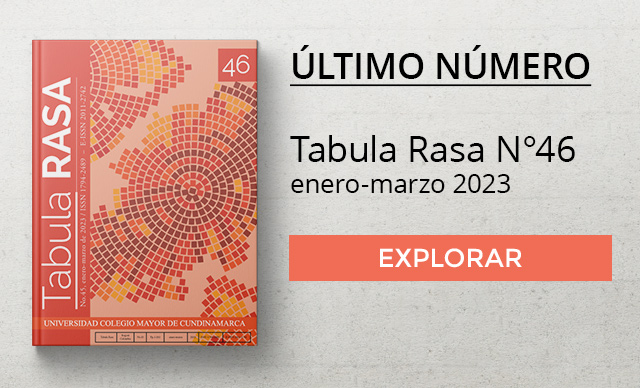https://doi.org/10.25058/20112742.n40.04
Luisa Amador Fanaro
https://orcid.org/0000-0001-6249-5481
Universidade Federal de São Carlos, Brasil
luisafanaro@hotmail.co
Abstract:
This paper discusses dogs that pull sleds in tourist activities in Ushuaia (the capital of the Tierra del Fuego province, in Argentina) and their material-semiotic relations with the mushers, the human drivers of these sleds. I propose to address here two of the main issues that emerged during my research, and that, after all, culminated in a large contradiction: if, on the one hand, the dogs’ training is classified by the mushers as a way of co-domestication (produced by training and cohabitation), on the other hand, sled dogs are considered genetically “programmed” work animals, both because of their “ancestral” qualities and their “genetic enhancement”. In this way, there seems to be a paradoxical image of these dogs: they are “programmed” (nature), but they must be trained (culture). So, how can we think, in this relationship, about the particular coexistence between the innate and the acquired, nature and culture?
Keywords: human-animals’ relations, animal work, multispecies ethnography, sled dogs, co-domestication, technique.







